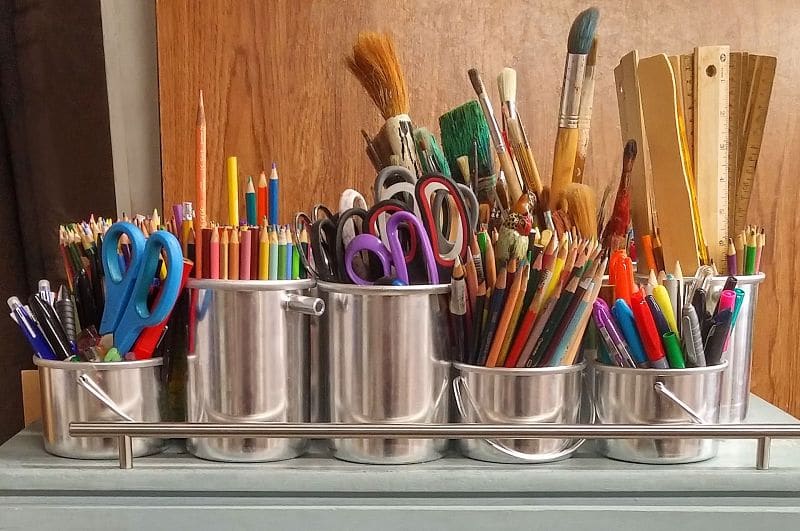Prepare
★★★★★

Back-to-school supplies are stocked in stores, teacher meetings are beginning, and school cleaning is happening. We are preparing for another school year!
As you think of getting ready for school, maybe this is your first year and you’re not sure how to prepare. Perhaps you’ve taught multiple years and have specific things that you always do to prepare for a new year. Maybe you aren’t ready to think about preparing for another year!
I’m considering this preparation and have several areas in which teachers need to prepare.
- Prepare the teacher! Be sure you’ve had a break this summer, with some time to relax and rejuvenate. Prioritize spiritual preparation for your ministry of teaching. Read journals or articles about education or certain topics you want to learn about. (For example, I’m working through some modules on phonics and reading.) You might need to prepare with some time management—plan a schedule for yourself. You could prepare for packing lunches. Put some individual servings in the freezer (fruit, left-overs, baked goods, fruit slush). I like to make a new dress or two. As we get nearer to the first day of school, start getting on a school schedule by getting up earlier.
- Prepare your classroom. Determine a seating arrangement, possibly talking with the teacher who had the class last year to see which students work well beside each other, or who needs to be in the front or back of the classroom. Arrange the desks and put name tags on them. Put up bulletin boards. Put up a welcome sign or note. Post the classroom rules/procedures. Think about traffic flow and arrange other parts of the room, such as computers, trash cans, and stackers. If you have a theme for the year, post that or do any decorating that accompanies it.
- Prepare some lessons. This is important preparation! I try to lay out basic lesson plans for the first week, and specific plans for the first day. After the first day, I can better plan the rest of the week. Decide on some extra lessons or activities to fill in those odd moments that crop up at the beginning, or the transitions that you didn’t know about, or for those times when lessons didn’t take as long as you or your substitute anticipated. I have a goal of doing some curriculum mapping for the year, when I go through the books and figure out how far I should be at the end of each quarter and lay out plans for covering that content in that length of time.
- Prepare the books. Find the textbooks; number them if needed. Pass out books to student desks or have them organized for students to pick up. Arrange classroom materials and supplies.
- Prepare for aides and volunteers. I have a list of expectations for a classroom aide and a list of helps for volunteers. I also typed up my guidelines for grading so I can hand that task to an aide or volunteer. I have a specific stacker for my aides and volunteers to use. I keep a class list, the expectations, grading guidelines, and guidelines for Bible memory testing in there, and add the daily list of tasks, along with materials or supplies for their work.
- Prepare the students! Even though they are not actually in your class yet, you can start preparing them. Send them a friendly letter of introduction, telling them about the class, what you are looking forward to, and what they can anticipate. I like to tell them something that they should bring on the first day. (This year they will be asked to bring a favorite stuffed animal on the first day.)
- Prepare the families. Along with the letter sent to students, send a letter to the parents. Introduce yourself and your classroom. Share your contact info and the ways you prefer they contact you. Some teachers send a questionnaire about the children and ask parents to complete the questionnaire and return it with their child on the first day of school.
The anticipation of a special event can be a fun part of the event. May your preparations lead to a wonderful and blessed school year!
Related Items
Leave a Reply
Feedback